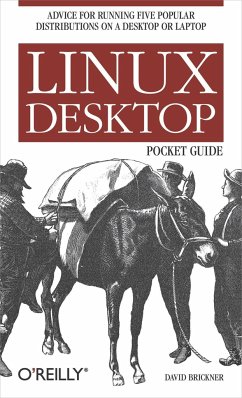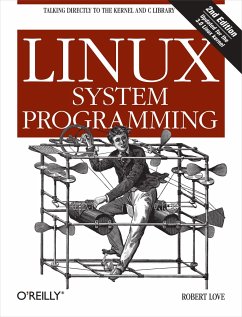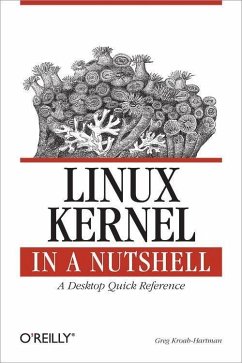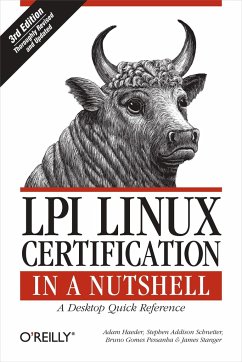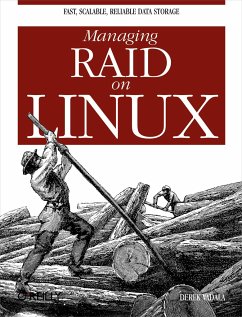Nicht lieferbar
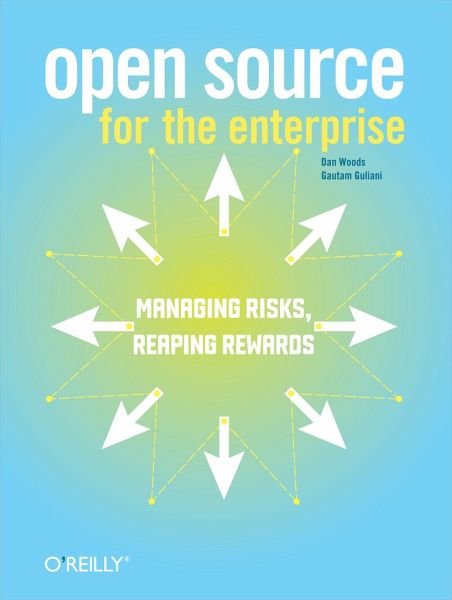
Open Source for the Enterprise
Managing Risks, Reaping Rewards
Versandkostenfrei!
Nicht lieferbar
Weitere Ausgaben:
Here are the sorts of questions answered in the book:
- Why is there a 'productization gap' in most open source projects
-How can the maturity of open source be evaluated?
-How can the ROI of open source be calculated?
-What skills are needed to use open source?
-What sorts of open source projects are appropriate for IT departments at the beginner, intermediate, advanced, and expert levels?
-What questions need to be answered by an open source strategy?
-What policies for governance can be instituted to control the adoption of open source?
-What new commercial services can help manage the risks of open source?
-Do differences in open source licenses matter?
-How will using open source transform an IT department?
-Praise for Open Source for the Enterprise?
- Why is there a 'productization gap' in most open source projects
-How can the maturity of open source be evaluated?
-How can the ROI of open source be calculated?
-What skills are needed to use open source?
-What sorts of open source projects are appropriate for IT departments at the beginner, intermediate, advanced, and expert levels?
-What questions need to be answered by an open source strategy?
-What policies for governance can be instituted to control the adoption of open source?
-What new commercial services can help manage the risks of open source?
-Do differences in open source licenses matter?
-How will using open source transform an IT department?
-Praise for Open Source for the Enterprise?
Open source software is changing the world of Information Technology. But making it work for your company is far more complicated than simply installing a copy of Linux. If you are serious about using open source to cut costs, accelerate development, and reduce vendor lock-in, you must institutionalize skills and create new ways of working. You must understand how open source is different from commercial software and what responsibilities and risks it brings. Open Source for the Enterprise is a sober guide to putting open source to work in the modern IT department.Open source software is software whose code is freely available to anyone who wants to change and redistribute it. New commercial support services, smaller licensing fees, increased collaboration, and a friendlier platform to sell products and services are just a few of the reasons open source is so attractive to IT departments. Some of the open source projects that are in current, widespread use in businesses large and small include Linux, FreeBSD, Apache, MySQL, PostgreSQL, JBOSS, and Perl. These have been used to such great effect by Google, Amazon, Yahoo!, and major commercial and financial firms, that a wave of publicity has resulted in recent years, bordering on hype. Large vendors such as IBM, Novell, and Hewlett Packard have made open source a lynchpin of their offerings. Open source has entered a new area where it is being used as a marketing device, a collaborative software development methodology, and a business model.This book provides something far more valuable than either the cheerleading or the fear-mongering one hears about open source. The authors are Dan Woods, former CTO of TheStreet.com and a consultant and author of several books about IT, and Gautam Guliani, Director of Software Architecture at Kaplan Test Prep&Admissions. Each has used open source software for some 15 years at IT departments large and small. They have collected the wisdom of a host of experts from IT departments, open source communities, and software companies.





